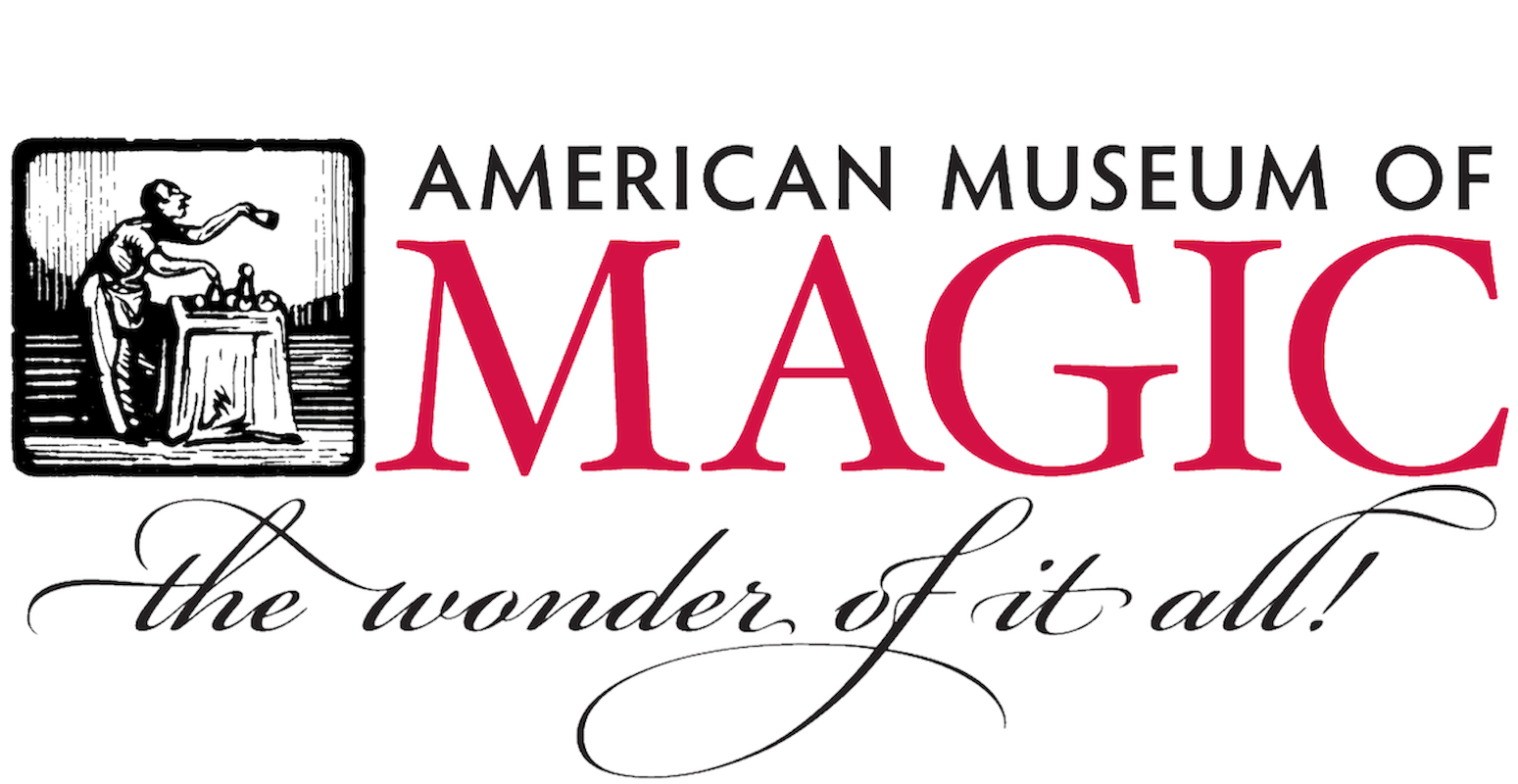Major Types of Performance Magic
Magicians, like professionals in other fields, can develop as general practitioners or as specialists. A generalist must be accomplished in many types of magic and able to perform in diverse venues. General magic practitioners might do close-up magic at tables in a restaurant, produce illusions on stage at a fair, perform comedy magic for a club or service organization, and entertain at a children’s party — all in the same week. Other magicians cultivate expertise in one or two specific types of magic. For example, an entertainer who specializes in manipulation generally develops one act to perform all the time. Specialists also design their acts to execute in specific locations. A mentalist might read minds at a university or corporate conference, but likely would not attempt the same at a children’s show. An illusionist, on the other hand, could not make an elephant disappear at a small restaurant table and instead designs the act for large theaters or spacious outdoor venues that are equipped with a stage, theatrical curtains, and lighting.

Illusion
A magical illusion refers to a bold stage trick involving people or large animals. Some well-known illusions include “Sawing a Woman in Half,” “Levitating a Person,” and Houdini’s famous “Vanishing Elephant,” first performed in 1918 at New York’s Hippodrome Theater. One of the business advantages of performing an illusion show is that the size of the venue can accommodate large crowds of people, which makes illusions a very lucrative form of magic.
Magician authors from all over the country came to Ann Arbor to arrange the printing of their books. Stewart James, a prolific magic inventor, came from Courtright, Ontario to have his book published. Among the largest magic books ever published, the book is titled Stewart James In Print: The First Fifty Years.
Manipulation
Have you ever been amazed by a magician who makes an object disappear, only to have it re-emerge seconds later? If so, you have witnessed manipulation, which involves small everyday objects that appear to vanish, reproduce, or transform during the act. Although apparatus is sometimes used, the primary method remains sleight of hand. Thus, the performance depends heavily on the magician’s manual dexterity combined with psychology, timing, misdirection, and natural choreography to produce the intended effect.
One of the most famous and respected manipulators of the 20th century, Master Magician Cardini (1894–1973), performed his act in pantomime. With impeccable timing and a flawless technique, he developed the routine of a suave yet slightly inebriated English gentleman, bemused by playing cards, cigarettes, and billiard balls that suddenly appeared in his hands, only to multiply and then disappear.
Close-up
Close-up magic occurs within inches of the spectators and involves a great deal of spectator/performer interaction. Since the audience often surrounds the magician, extreme care is taken to conceal the secret moves. Traditionally, close-up magic figured prominently at gatherings of magicians or as a demonstration to garner attention for a public show. It now represents a commercial practice, and performers are hired to work table-to-table at restaurants, cocktail parties, hospitality suites, and even small limited seating theaters.
Escapes
Escape artists specialize in getting out of restraints, such as handcuffs, rope ties, straightjackets, and even prison cells. Houdini popularized the practice in order to distinguish himself from other magicians. Escapes in magic began in the 19th century, when the Davenport Brothers freed themselves from restraints, claiming to have been assisted by spirits.
Mentalism
Mentalism consists of apparent mind reading, controlling peoples’ actions and thoughts, and other similar feats. This performance type continues to grow in popularity. The two most recognized names in this field are Joseph Dunninger, one of the pioneer performers of magic on radio and television, and the Amazing Kreskin, who continues to predict future events. Today numerous magicians perform mentalist tricks, such as Derren Brown from Great Britain and Americans Max Maven, Craig Karges, and Marc Salem. Because of the great popularity of this type of magic, many magical performances now include some form of mentalism.
